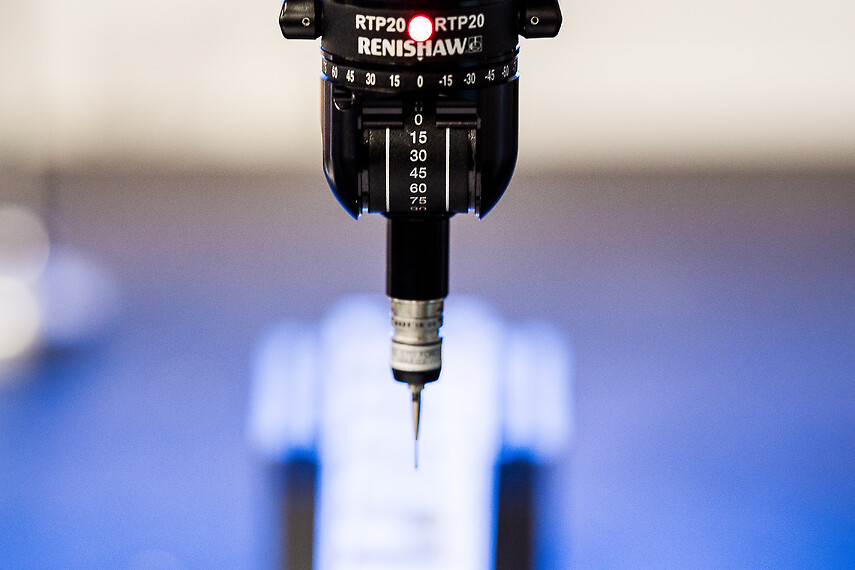The upstream sector of the oil industry is a demanding environment. The Engineering Quest works closely with engineers developing the technology that is helping to keep projects viable in a difficult market.
Rotary steerable drilling systems (RSS) replace conventional directional tools such as mud motors with continuous rotation and specialised downhole equipment controlled from the surface. Measurement While Drilling (MWD) engineers manipulate a small percentage of mud flow to keep the valve geostationary and steer the drill bit in a radial direction. The wall of the well is smoother, so it’s easier to run the production string to the bottom of the hole, and easier to measure the properties of the formation.
In a project that pushed the boundaries of what can be manufactured, The Engineering Quest worked with the client to develop a valve for an RSS system. Our brief was to create the component in two sizes, to precise tolerances that were tightened still further as work progressed.
The materials involved were an unusual combination of polycrystalline diamond, bonded to a tungsten carbide substrate, and the project was more than three years in development.
The ultimate aim was to increase the lifespan of the valve in a hot, abrasive, and corrosive downhole environment, so that drilling can continue for longer periods.
The project pushed the boundaries of what can be manufactured.
We began the project by acquiring test samples, and spent six months carrying out machining experiments, and conducting experiments to find the most accurate technology.
Even with full-automation, processing or machining will always involve some degree of variation, and this becomes more significant as measurements get smaller. In a 10-micron system a variation of plus or minus three microns is 20 to 30%. In a one-micron system the same variation is clearly greater than the total specified tolerance. It was important to develop methods that would eliminate this problem.
Our solution to this unique and demanding engineering task was to create bespoke electrical discharge machining (EDM) technology by writing code for the generator parameters. Our partner in developing the machine tools we needed was the Swiss manufacturer, Charmilles Technology.
It was also crucial to manufacture at least one per day to keep availability constant and the cost within specified limits. As a market leader in process speed and level of automation we knew we were faster than our competitors, but the parts were still slow to make, with each unit requiring 24 hours of machining time alone.
We created bespoke electrical discharge machining (EDM) technology by writing code for the generator parameters.
Developing measurement systems to map the surface and profiles of the part helped us achieve tolerance to within a few microns.
Measuring systems were also co-ordinated between The Engineering Quest and the client, to support consistent quality and validation throughout the supply chain.
When some of the original valves failed in the field, The Engineering Quest was able to identify and resolve the issue, by replacing a flat face with a conical one.
By the time the design and manufacture was finalised, there was high demand for the valve from the client’s exploration and production (E&P) division, and it continues to contribute to complex and challenging projects throughout the world.

